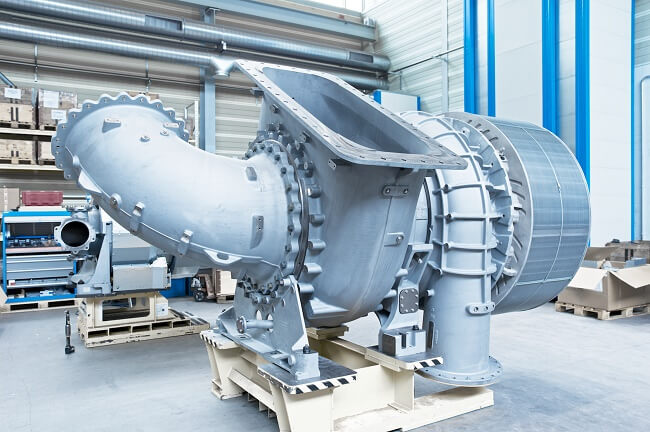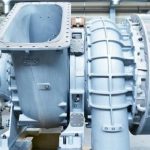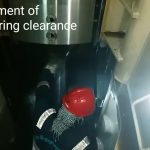Surge pressure dip: The surge cycle has a specific pressure dip and if the cycle continues without changing the operating point, the size of the pressure dip will sustain.
Surge cycle time: The time at which the surge starts until the operating point is changed to reach the equilibrium again, i.e. the end of engine surge.
Surge temperature behaviour: As the surge happens, there will be a reversal of air flow, leading to change in the temperature of the upstream.
Surge shaft speed variations: The shaft of the turbocharger containing compressor and turbine wheel will also experience a change in speed during the compressor surge
The turbochargers should therefore appropriately match with the engine air consumption rate and pressure across the operating range of the engine, and should not fall into the surge limits.

Category of Turbocharger Surging:
Mild surge: The surges happening under mild conditions are not significant. They may rise due to no flow reversal and small oscillations in pressure.
Classic surge: Classic surge which happens due to low-frequency oscillations with larger pressure oscillations.
Deep surge: This is the critical condition when the reversal of the mass flow occurs in the compressor which leads to surging.


